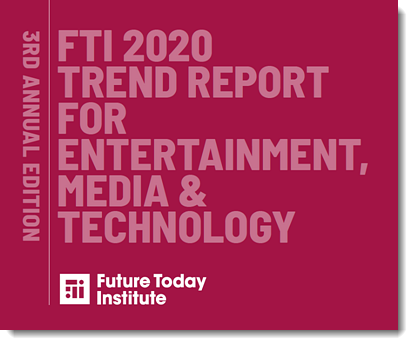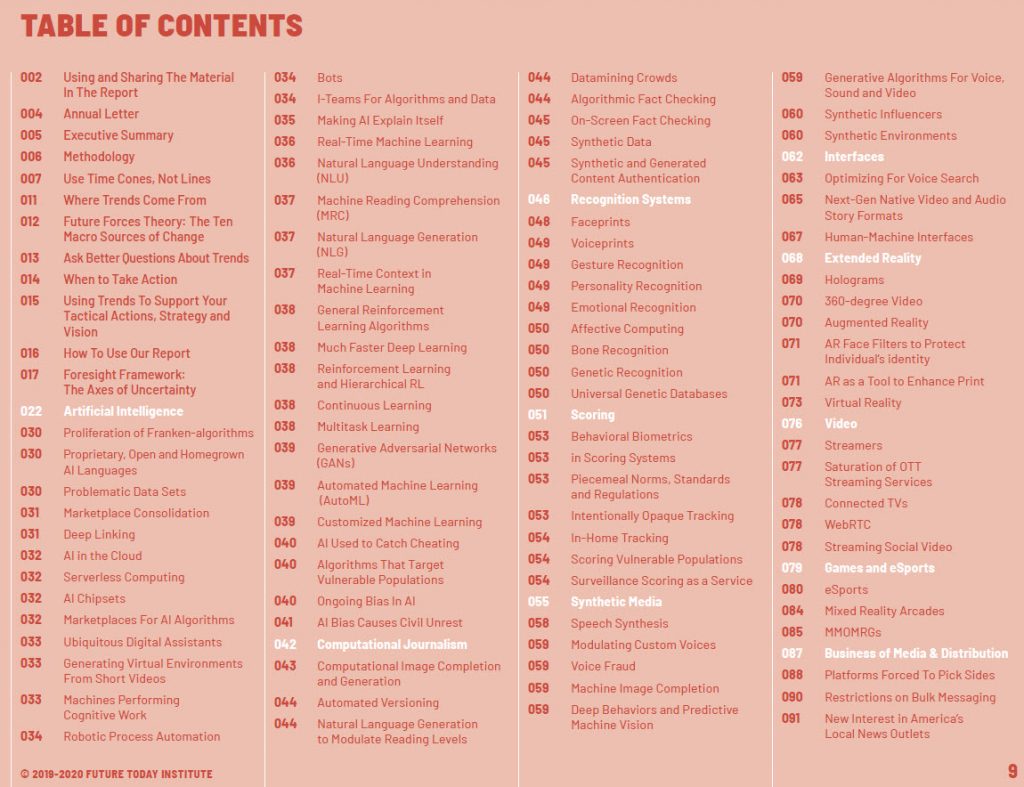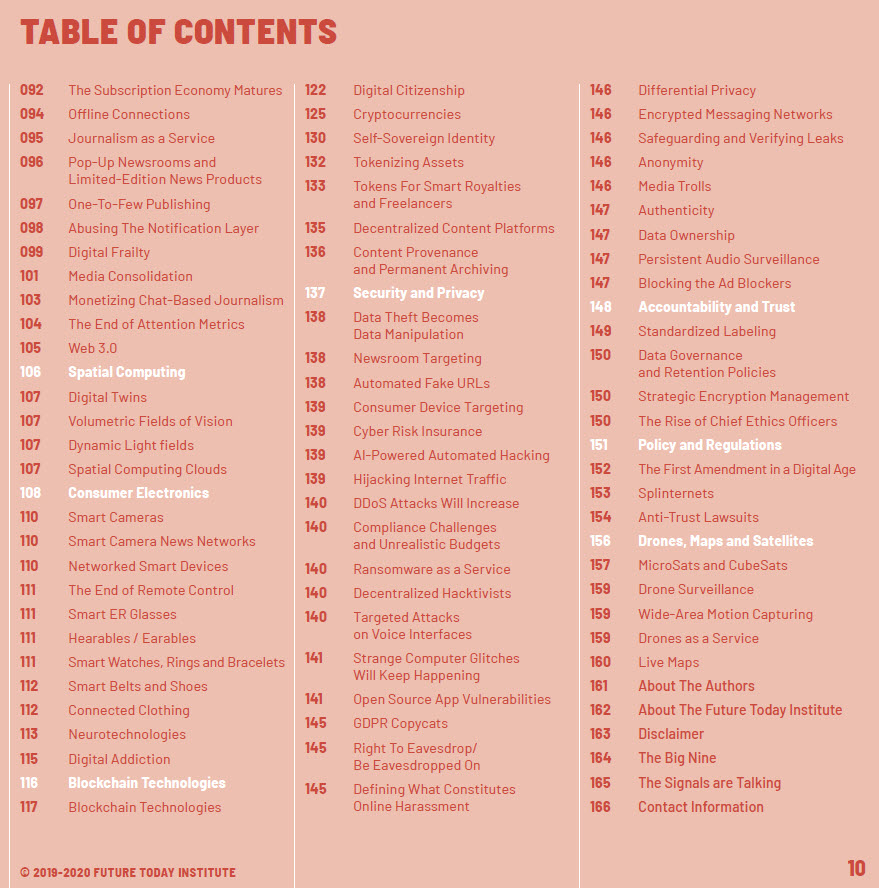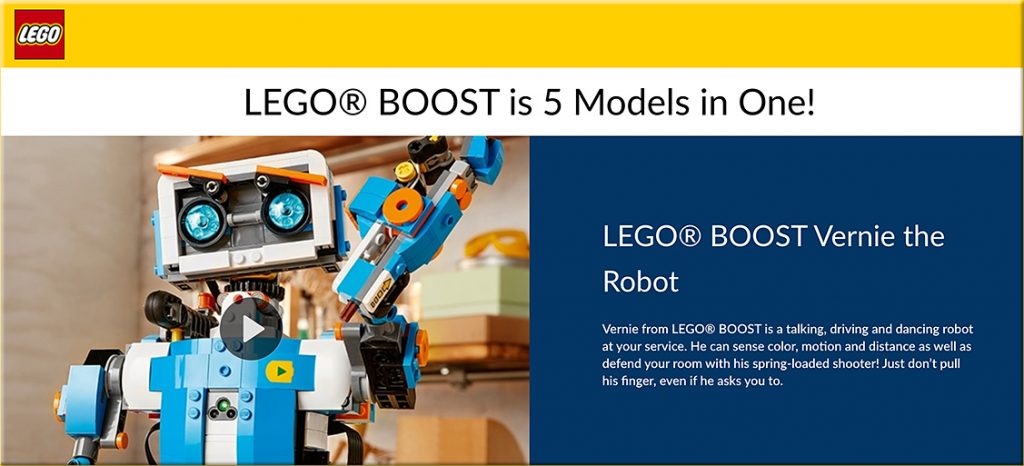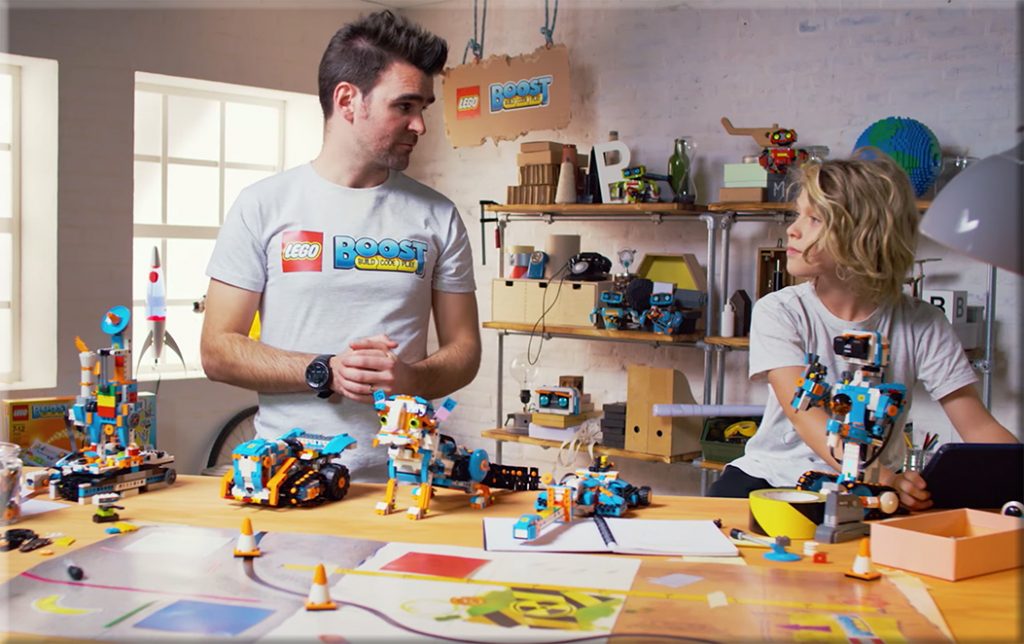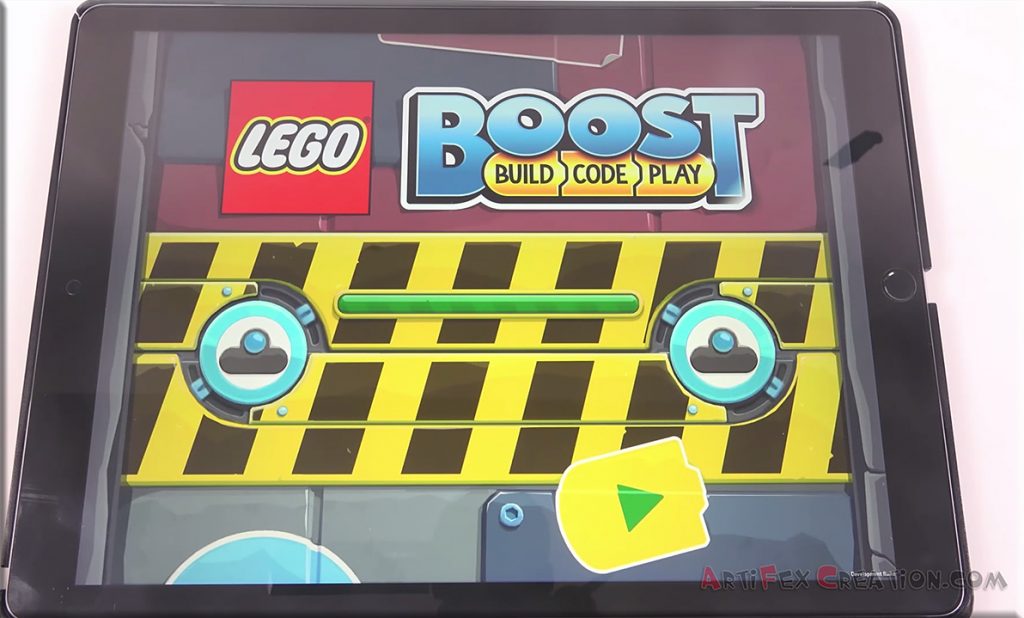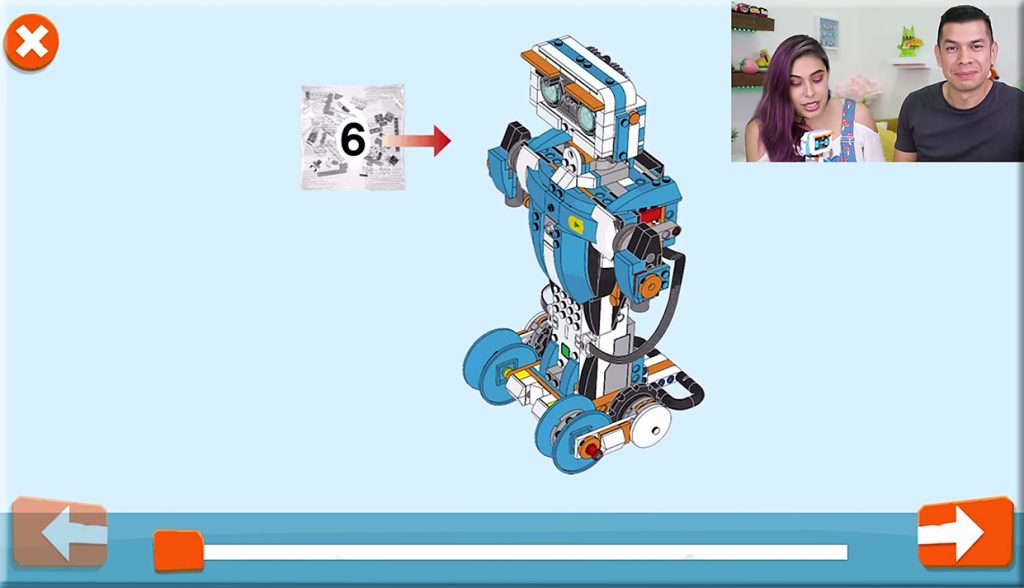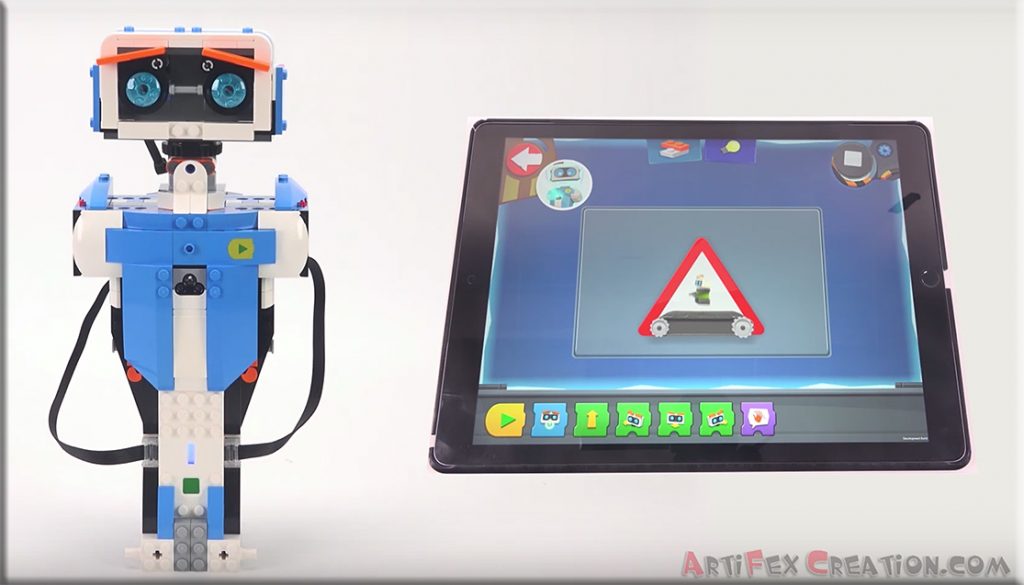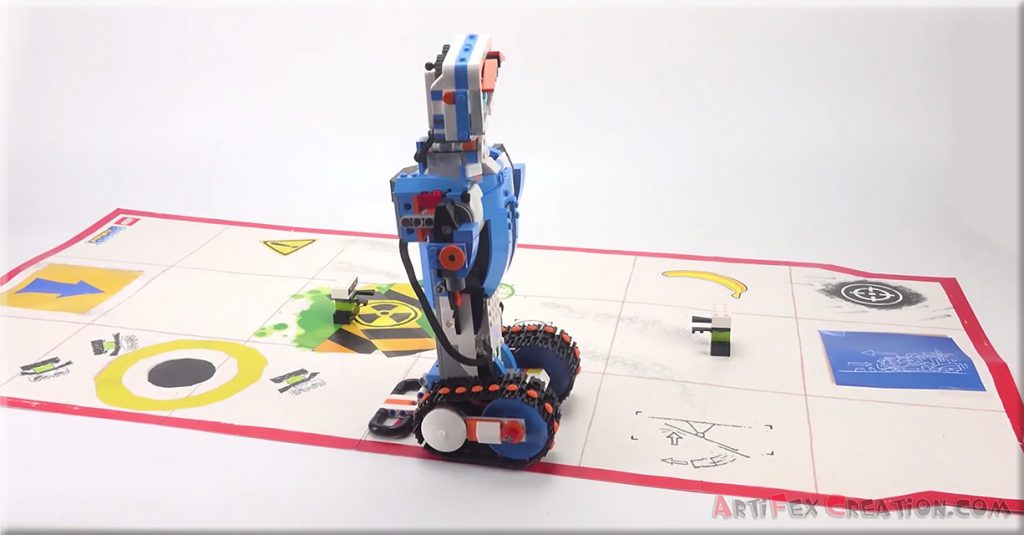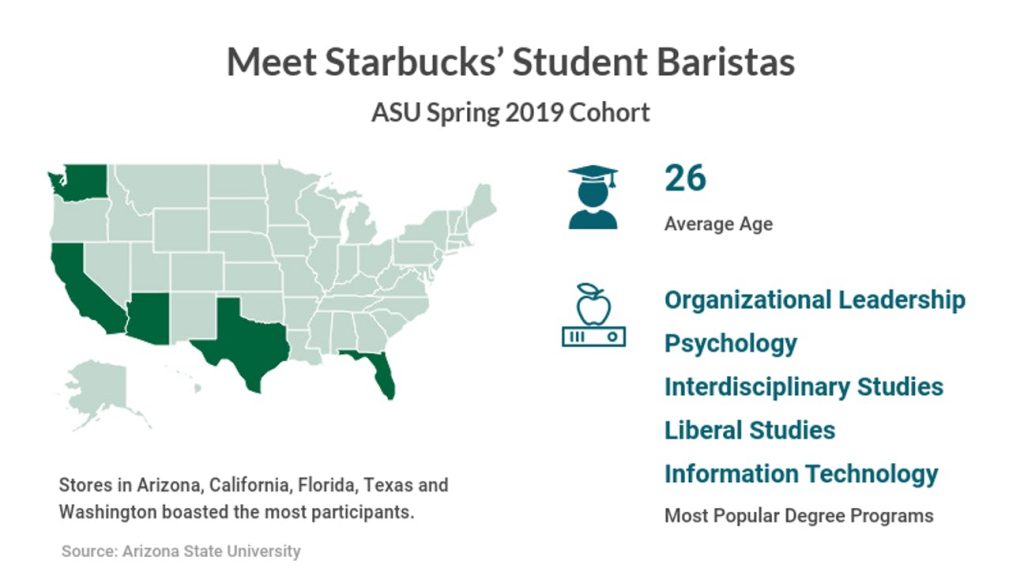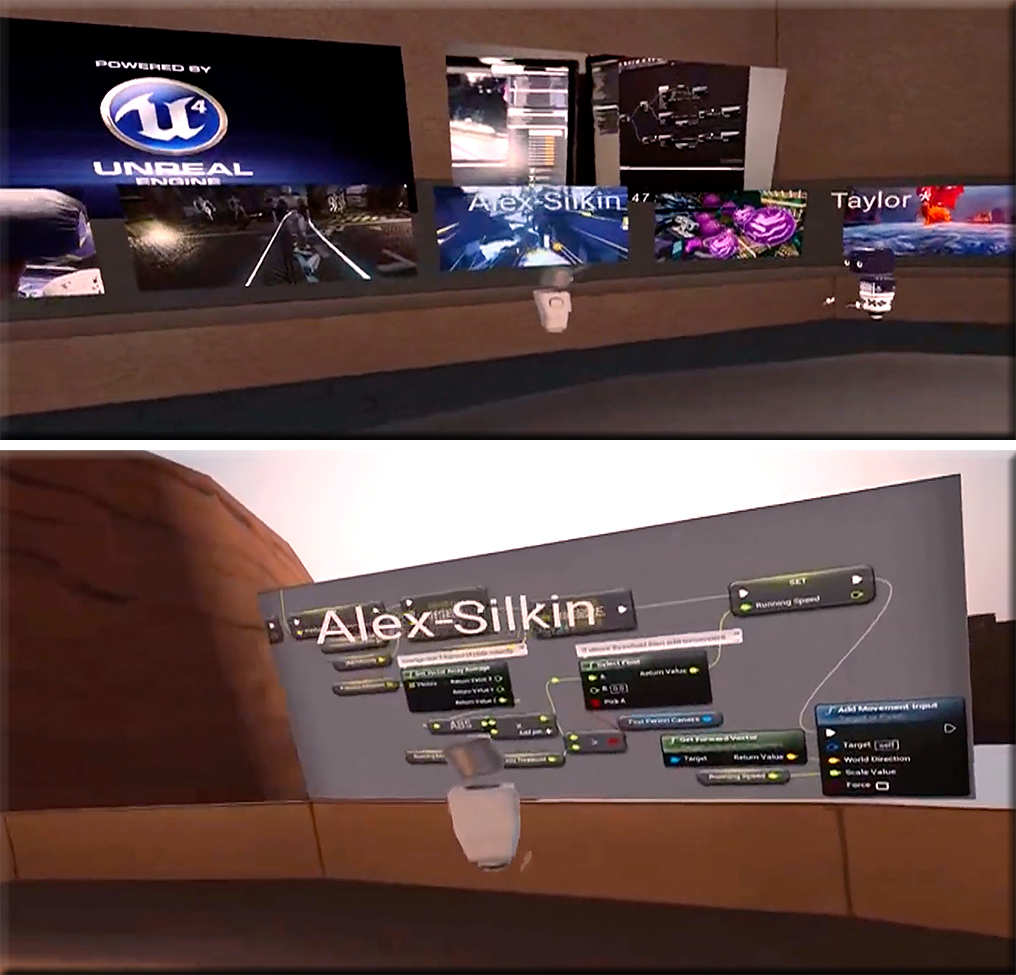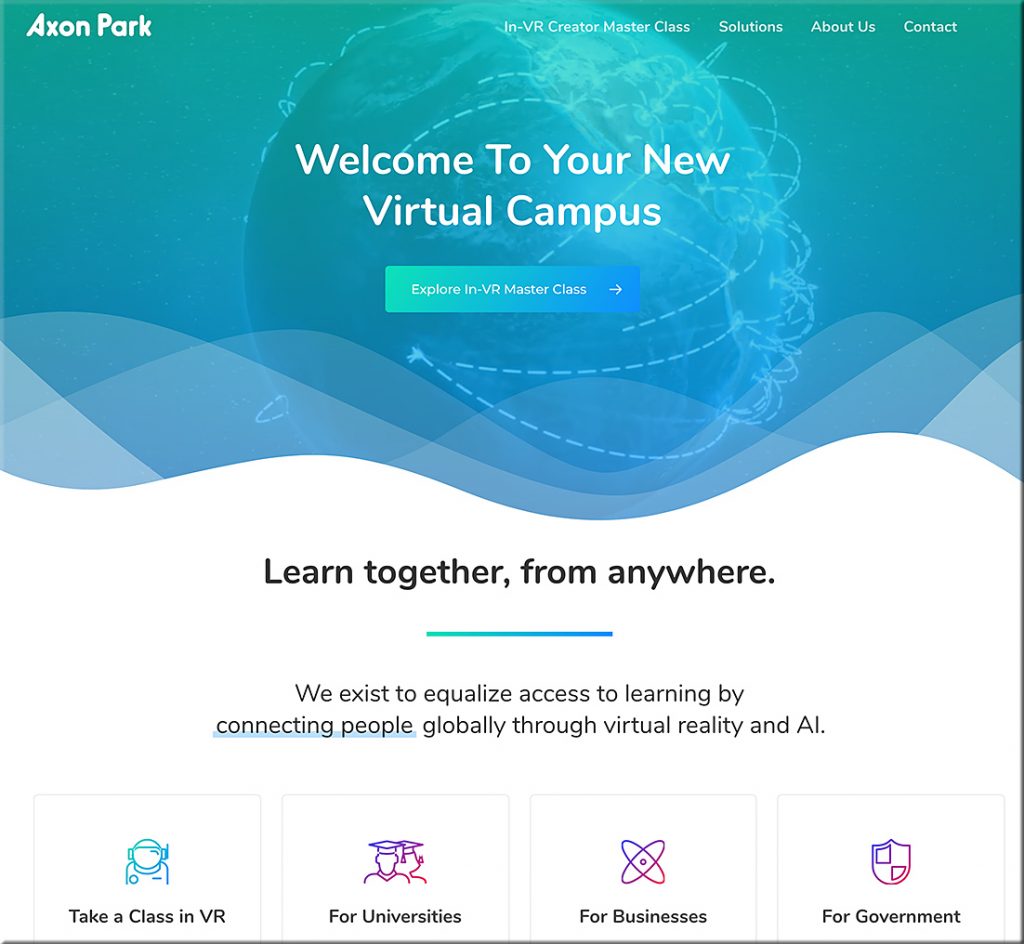Learning for a Living — from MIT Sloan Mgmt Review by Gianpiero Petriglieri
Excerpt (emphasis DSC):
Calls for learning have long been common at corporate retreats, professional conferences, and similar gatherings. But with the furious pace of change that technology has brought to business and society, they have become more urgent. Leaders in every sector seem to agree: Learning is an imperative, not a cliché. Without it, careers derail and companies fail. Talented people flock to employers that promise to invest in their development whether they will stay at the company or not.
If we are after transformative learning, what we need is a familiar yet open frame — a playground of sorts that magnifies our habits and the culture that breeds them so that we can examine both, and imagine and try new ways of being.
A boot camp must replicate workplace constraints to help us master ways of navigating them more efficiently. Whether it’s a course on, say, reaping insights from data analytics or a training session on giving respectful feedback, the space supports practice and improvement. A playground must remove most constraints to promote experimentation. Providing some distance from day-to-day reality allows us to get real in a deeper sense. A boot camp amplifies and exploits the shame of learning, helping us learn how not to be found wanting. A playground exposes and challenges that shame, helping us realize that if we were less anxious, it might be easier to claim what we want and discover how to get it.
From DSC:
A heads up. The way they use the word bootcamp is different from the way I’ve heard that word used these last 5-7 years. I think of bootcamps as more along the lines of a 10-12 week, intensive course — often involving programming. I don’t see them as internal training courses. But this article uses the word bootcamp in that way.









